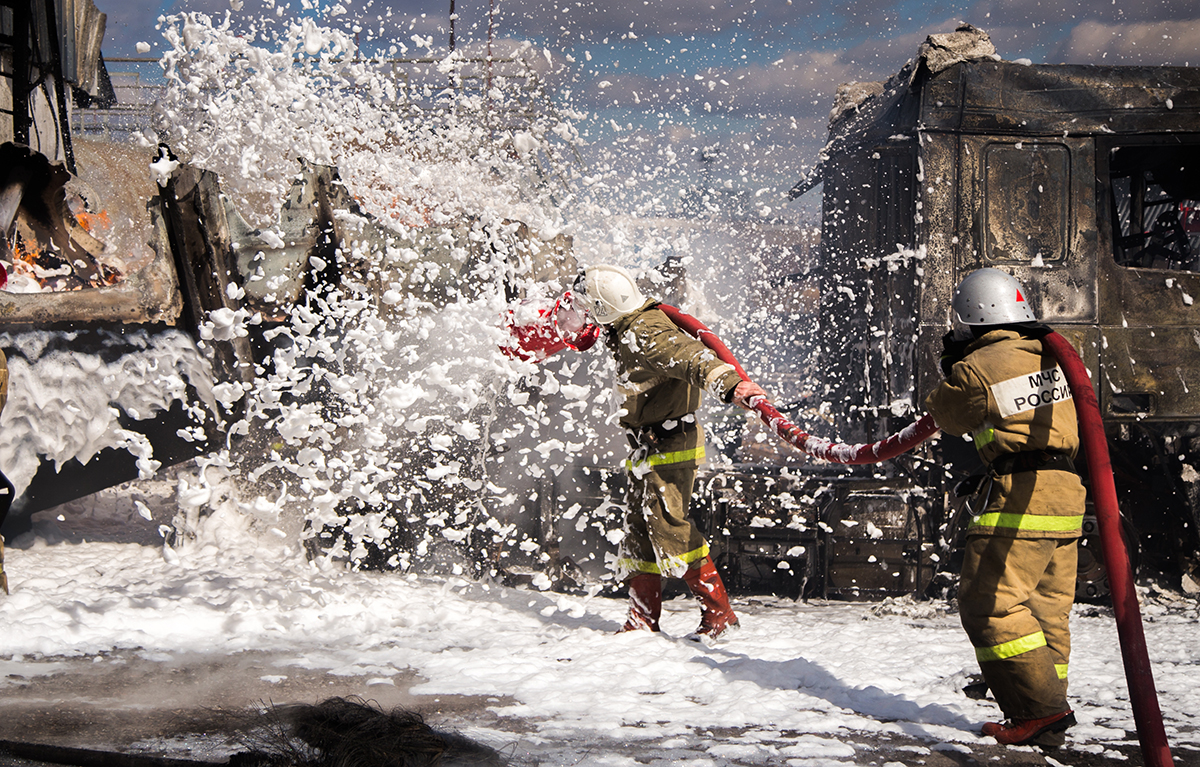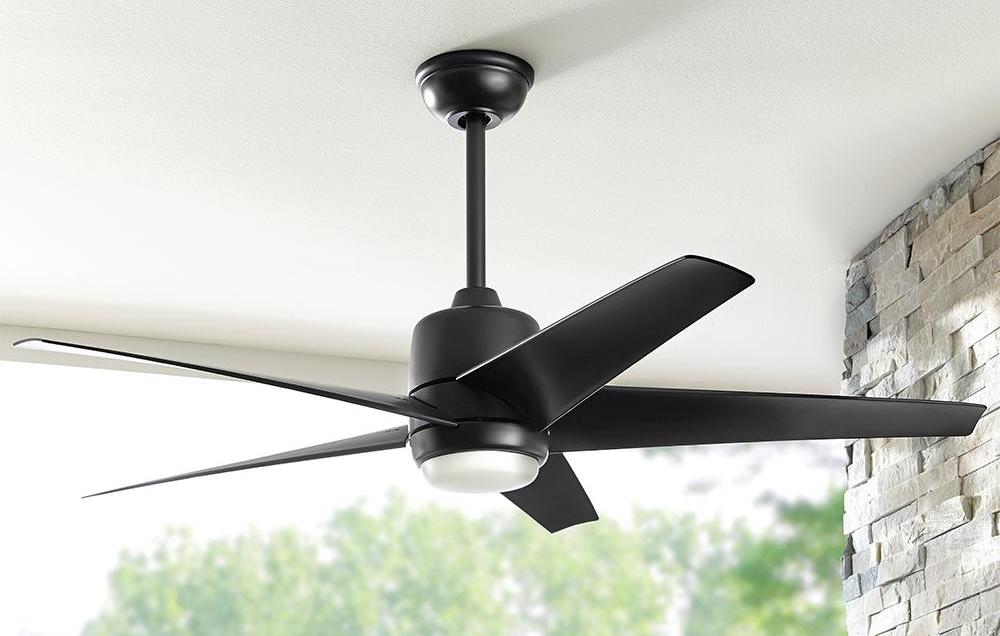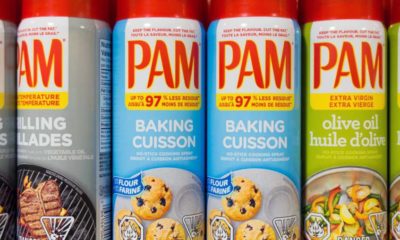There have been numerous recent reports of aerosol cans of cooking spray—such as PAM brand cooking spray—exploding near the stove and leaving victims with severe burn injuries. Innocent consumers across the United States have been victims of severe bodily injuries, including burns to their hands, face and neck, due to a seemingly innocent pantry staple violently exploding on them.
If you have an aerosol spray can of PAM cooking spray, you should read the information below and in our following three articles that will overview the dangers of these cans, the design defects that are causing these explosions and the injuries suffered by unsuspecting victims, and whether a lawsuit could be a path forward for you.
The Danger of Exploding Cooking Spray Cans: A Violent History.
Sadly, it’s not breaking news that innocent consumers are falling victim to exploding aerosol cans of cooking spray. In fact, this danger has a well-documented history in America; still, however, these hidden dangers are still sold by the millions in grocery stores nationwide.
There have been dozens of victims claiming that aerosol cooking spray cans have exploded violently without warning, leaving them scarred with serious injuries and burns.
Perhaps one of the worst cases involves an Ohio woman who was cooking by the stove in 2017, using a can of PAM brand cooking spray while she cooked food at the stovetop. All she could recall about the incident was that she was cooking, putting a fork in the pan, when the explosion blast happened in a moment. She said that the next thing she realized was that she was on fire.
The woman suffered severe burns to her face, neck and chest. Doctors said that had her eyes been open at the moment of the blast, she would likely be blind. She suffered from her injuries for weeks as she recovered in an outpatient facility. She struggled for months to return to normal activities, like dressing herself and bathing.
Experts reviewing this fire and similar fires say that the aerosol can of PAM cooking spray overheated from the heat of the nearby stove, or fell into a flame of the stove, and as a result of the heat combusted into a fireball explosion. Similar cases have occurred across the United States, in Connecticut, Colorado, Pennsylvania, New Jersey, and others.
So Why Do These Explosions Keep Occurring?
Because of the violent nature of these explosions—and the resulting serious injuries—naturally there have been numerous investigations into the cause of the blasts.
These investigations include reports by expert scientific witnesses who have testified about the cause of the explosions in several of the lawsuits that have come from these explosions, brought by innocent victims seeking reimbursement for their horrific injuries.
After a scientific review, these experts concluded that a design flaw in the aerosol cooking spray cans were the likely cause for the explosions.
Each of the cans that caused an explosion had vents along the bottom of the cans. The evident intent of these vents was to help release the pressure from the can, to help prevent it from exploding during normal use. But it turns out that these vents were doing the exact opposite.
Instead of releasing the internal pressure from the cans, the vents were releasing air at much lower, and much less-pressurized levels than should be released from an aerosol can vent. These levels were well below what would be necessary to release pressure from the can to ensure safety during use. And because of the low temperature and pressure, the air released was extremely flammable.
This flammable air released from the aerosol cooking spray cans, when combined with either heat from a nearby stove or by accidentally being dropped in a hot stove, triggered an immediate and violent blast. The resulting explosions were essentially fireballs, exploding right in the face of the victims.
We’ve written a detailed overview of the design defect of these cans, and why that could be important to recover damages if you’ve suffered injuries from an exploding can. You can read more here.
What Kinds of Injuries Occur from These Explosions?
Exploding cans of cooking spray can cause immediate—and horrific—injuries. These injuries are those that would typically come with a large fire or violent explosion, such as:
- First degree burns to exposed
areas, such as the neck, hands, face and chest;
- Second degree burns in these
areas that penetrate both the outer and middle layers of the skin and can take
weeks to recover;
- Third degree burns in these
bodily areas that penetrate the deeper tissues of the body and can cause
lifelong injuries and deformations, and can take months to heal;
- Blindness from open eyes at the
time of the explosion;
- And death.
We’ve outlined the types of injuries and cases that have occurred as a result of these dangerous devices. You can read more here.
What Can Victims of these Cooking Spray Explosions Do?
If you’ve been a victim of injury from a cooking spray can explosion, there are laws that protect you and legal options that can help you recover for your hospital bills, physical disrepair to your home and other damages you suffered from the explosion.
In the United States, we have consumer protection laws, both at the state and federal level, that are meant to protect you in situations like this where a consumer product is unsafe. Products sold to consumers in stores—like PAM brand cooking spray—must comply with these laws. Products like cooking spray must be safe for “ordinary use,” which means how a reasonable person would use the product according to the package instructions.
Hiring an experienced product liability litigation attorney is always in your best interest if you’ve been a victim of these explosions. Having a knowledgeable attorney at your side when facing a global manufacturing company in the courtroom can significantly increase the changes of obtaining a favorable result, whether that is at settlement or at trial. Victims attempting lawsuits without an attorney have reported much lower compensation, as they face intimidating large companies and their attorneys.
You can read about how you could bring a lawsuit to recover damages for your injuries and damages in our article here.
So if you or someone you love has suffered injuries from a cooking spray can explosion, you should read further through our articles on the design defect of the cans, the types of injuries these explosions have caused, and how you could recover damages for your suffering through a lawsuit.





























